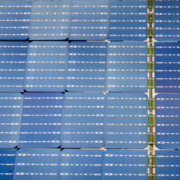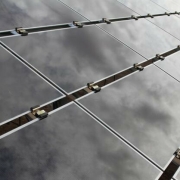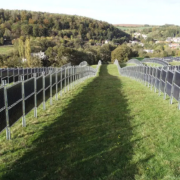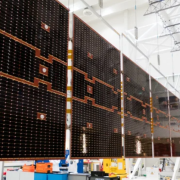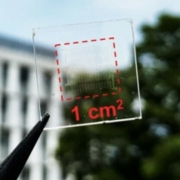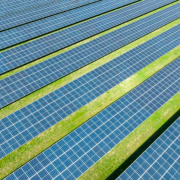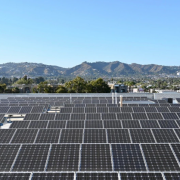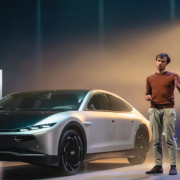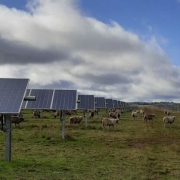The gamble by a company here churning out large volumes of solar panels was starting to look risky.
Its plan to be a launchpad for a solar manufacturing resurgence was already audacious in an industry so dominated by China, whose cheap products drove the closure of many American solar plants. Government investment championed by the White House was supposed to position domestic firms to compete, but a paralyzed Congress was refusing to write the check.
But the wager in Dalton by Qcells North America may have paid off with an ambitious climate package now on a path to President Biden’s desk. The bill, negotiated in part by Sen. Joe Manchin III (D-W.Va.), would deliver billions of dollars in tax and other incentives to U.S. solar manufacturers, equipping them with government support on a scale of those China used to corner the market.
Click here to read the full article
Source: Washington Post
—
If you have any questions or thoughts about the topic, feel free to contact us here or leave a comment below.

